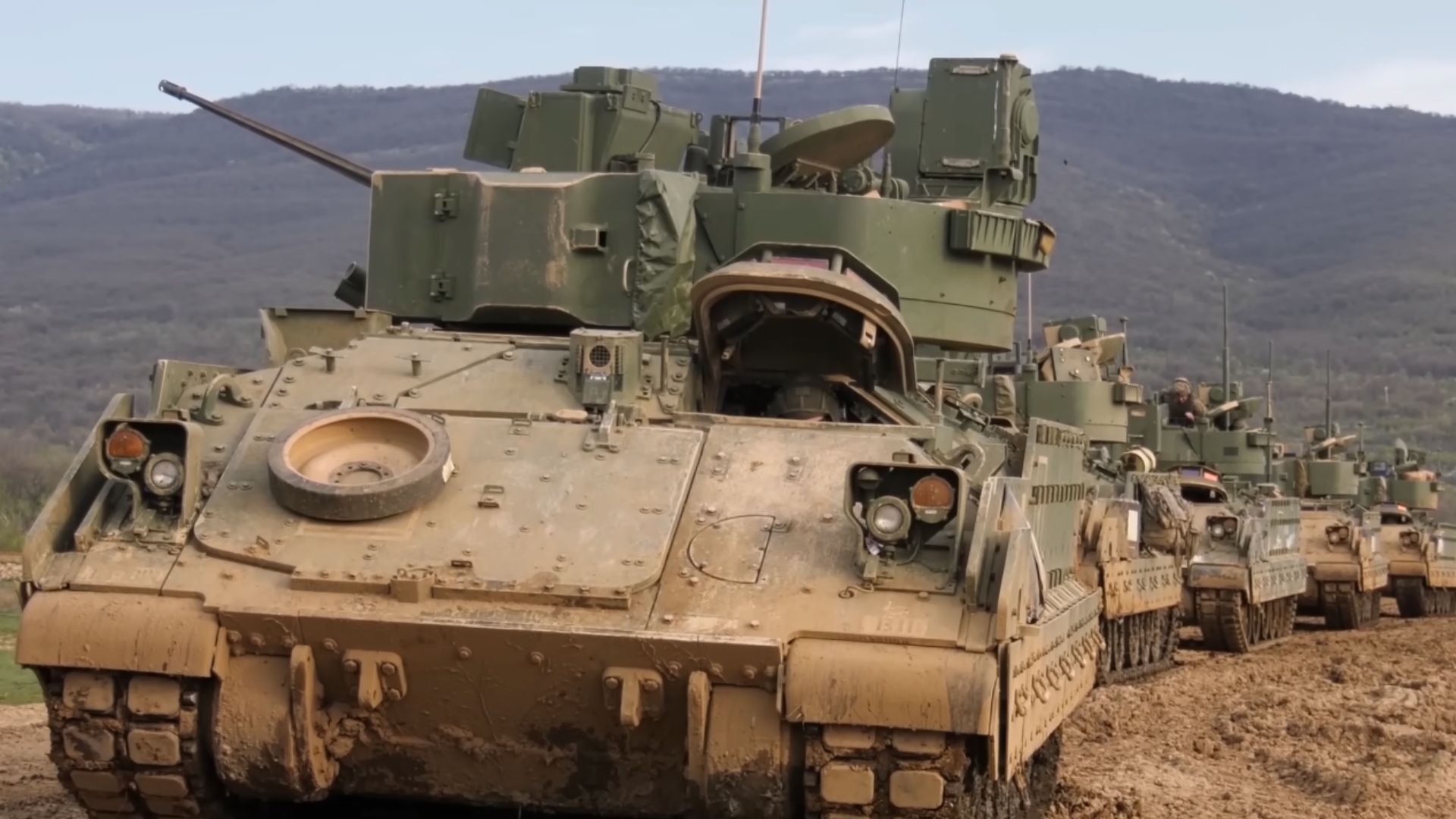
They say cats have nine lives, but the Bradley Fighting Vehicle might be even tougher to kill. Not only is the armored vehicle designed to take on tanks despite not being one itself, it has also survived several attempts at replacing it throughout the years. In that respect, like the A-10 Warthog, this relic of the Cold War has proven to have true lasting power.
Learn how WWII military jeeps could drive underwater.
Many have recently become aware of the Bradley thanks to its much-lauded use in the Ukraine War. What you might not realize is not only how long the platform has been around but how it has evolved over its lifetime of service.
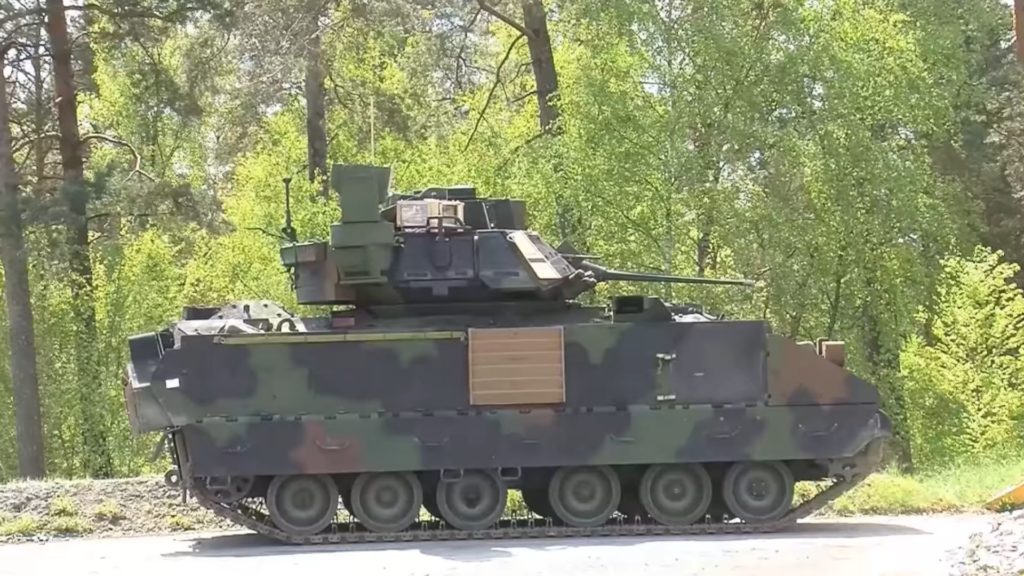
With a namesake like General Omar Bradley, a combat legend of WWII, this member of the U.S. Army Armored Brigade Combat Team has big shoes to fill, which it does surprisingly well. In fact, during Operation Desert Storm, out of 2,200 Bradleys which were deployed into combat areas, only three were disabled by the Iraqis. Bradley crews disabled more enemy armored vehicles than American tanks could.
Even in the more intense and longer Operation Iraqi Freedom, at most 150 Bradleys were lost from all causes. In other words, they’re tough to take down.
Many times now the Bradley has been slated for replacement by newer armored transport designs. But like the A-10 Warthog, the simple yet effective design of this vehicle has beaten out competitors repeatedly. To keep it relevant in the quickly evolving battlefields of this century, the U.S. Army has added more onboard electronics. But the overall design and philosophy behind the Bradley has been relatively unchanged.
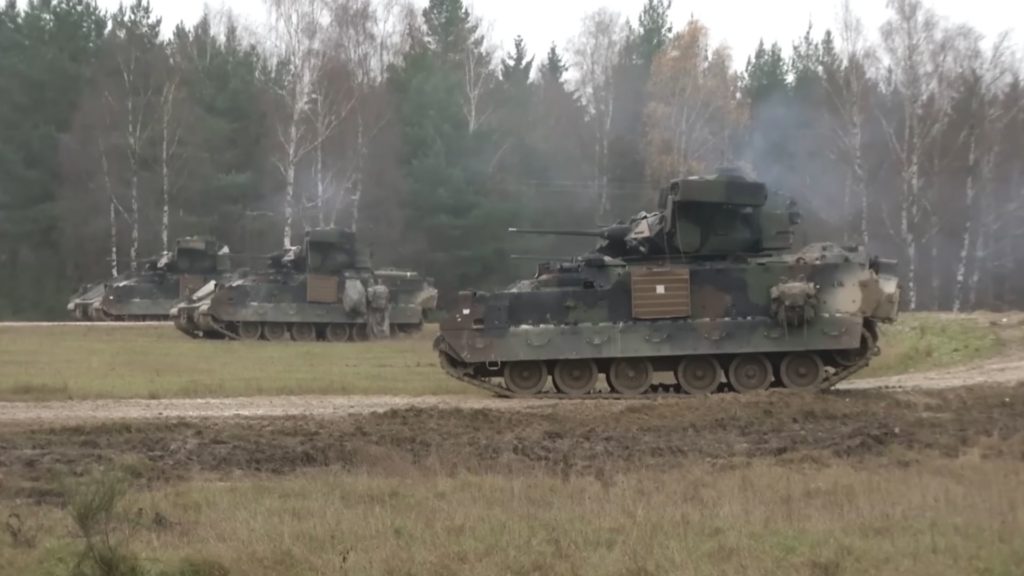
Small, fast, and agile, it can do zero radius “tank turns” for extreme maneuverability, even in rough terrain. What’s more, there’s only a crew of three needed to operate this machine.
To the average person, the tracks, armor plating, and large gun turret up top makes the Bradley look like a tank. While it would be about the size of some early tanks, it’s much smaller than modern examples like the M1 Abrams. Even more importantly, the main gun isn’t nearly of the same caliber as a real tank’s.
The main function of the Bradley Fighting Vehicles is to transport groups of soldiers to advanced positions on an active battlefield. In fact, many call it the “battlefield taxi.” There’s seating for up to six fully loaded infantry soldiers and their gear, with a fold-down ramp in the rear to allow for rapid ingress/egress.
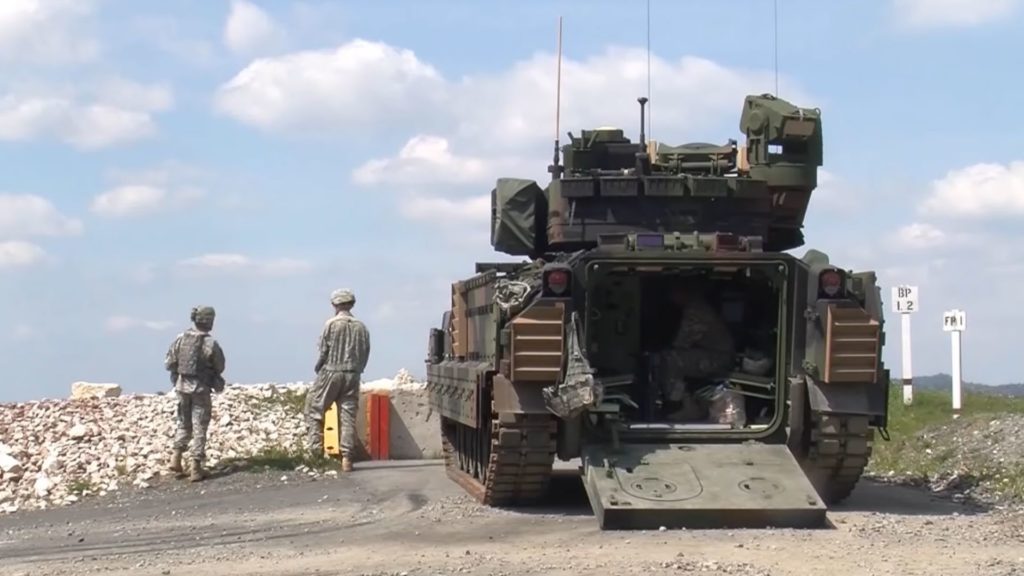
To shield troops from live fire, the Bradley is outfitted with reactive armor which takes advantage of physics to guard against hull penetration. Small charges are positioned behind steel plates on the exterior of the vehicle. When an RPG or similar kinetic force impacts the plate, a directional charge blows the plate away from the Bradley, protecting the armored hull underneath.
Kevlar lining on the other side of the main hull helps catch shrapnel or small arms fire in the event the structure has been compromised. And if that’s not enough, a fire suppression system which triggers automatically acts as another safeguard for the soldiers inside.
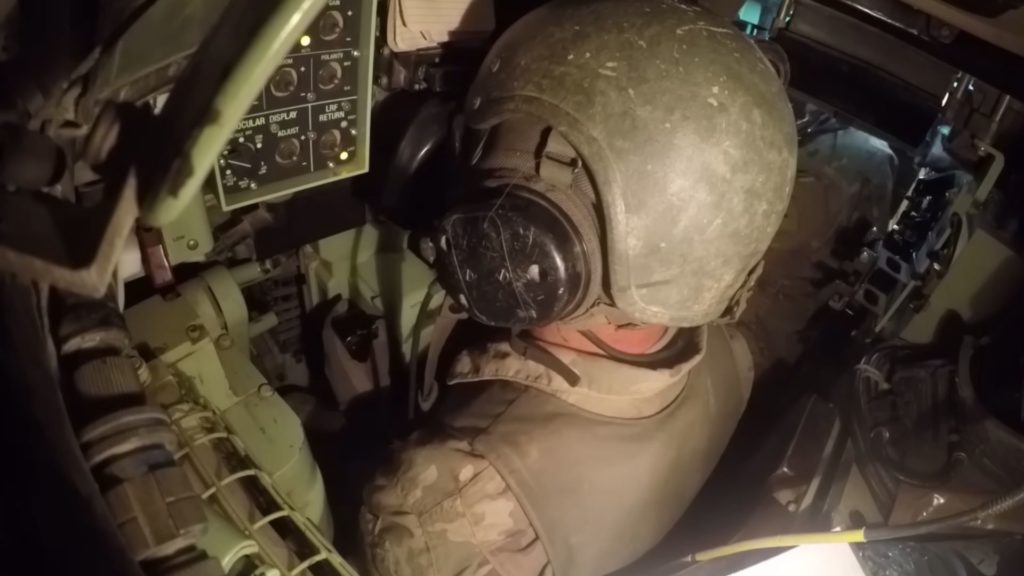
Unlike tanks, the Bradley’s driver controls are somewhat like a modern car’s. The brakes and throttle are controlled by pedals. A gated gear selector sits to the right of the driver (sorry, southpaws) and a yoke not too dissimilar to what Tesla has used in some vehicles controls the direction of movement, although it features two thumb sticks like a gaming controller. This is a simpler setup than most tanks.
Powering the Bradley is a 903 Cummins turbodiesel engine which belts out 500-horsepower and a much stouter 1,200 lb.-ft. of torque. Cooling for the powerplant comes via a top-mounted radiator, a setup that allows U.S. Army mechanics to easily hoist the entire powertrain out of the vehicle for servicing or repairs when necessary.
Backing up that Cummins is a modern, electronically controlled transmission. It sits in front of the engine to drive two axles which sit mid-ship. That setup makes for less complexity and fewer drivetrain breakages, plus faster repairs and easier maintenance.
Though small and not packing nearly as big of a gun as a tank, the Bradley still is no pushover on the battlefield. That gun on the turret is a 25 mm M242 Bushmaster. There’s also a single-barrel chain gun which can be fed through an integrated mechanism as well as remotely if needed. With a firing rate of 200 rounds a minute, it can lay down plenty of fire on enemy vehicles.
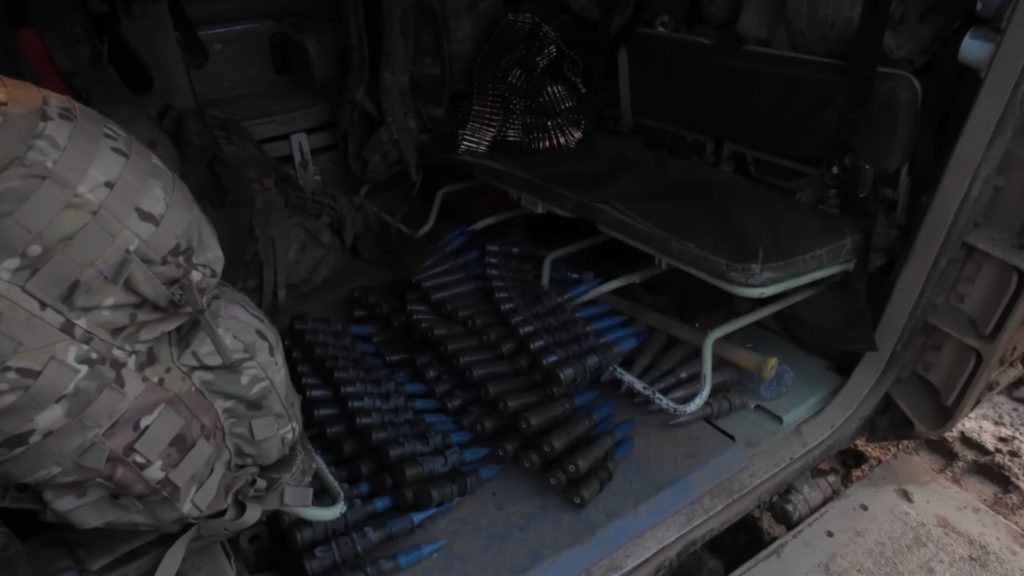
Then there’s an M240 machine gun chambered in 7.62 mm, making it a great option for suppressing enemy infantry. Lest the Bradley come toe-to-toe with a tank on the battlefield, the TOW anti-tank missile launcher mounted on the turret can make short work of such a threat. Able to travel through the air near Mach 1 for up to 4 kilometers, the crew doesn’t have to get that close to enemy armor for those missiles to be effective.
There’s an M3 Bradley Calvary Scout Vehicle which is used to explore the terrain ahead of the rest of the armored division and observe enemy movements. Other variants of the Bradley also exist, proving the little vehicle with treads has been quite versatile.
Despite seemingly having nine lives, time might finally be running out for the Bradley Fighting Machine. The current plan is to phase it out in favor of the Optionally Manned Fighting Vehicle (OMFV) developed by Oshkosh. The new vehicle is more modular and comes bristling with advanced technologies, allowing for greater maneuverability and far longer striking distances. While some doubt the Bradley will be done away with entirely, like how the A-10 seems like it will never retire, it’s possible the battlefield taxi will become a relic of history before long, leaving behind quite the legacy.
Images via Military Archive/YouTube
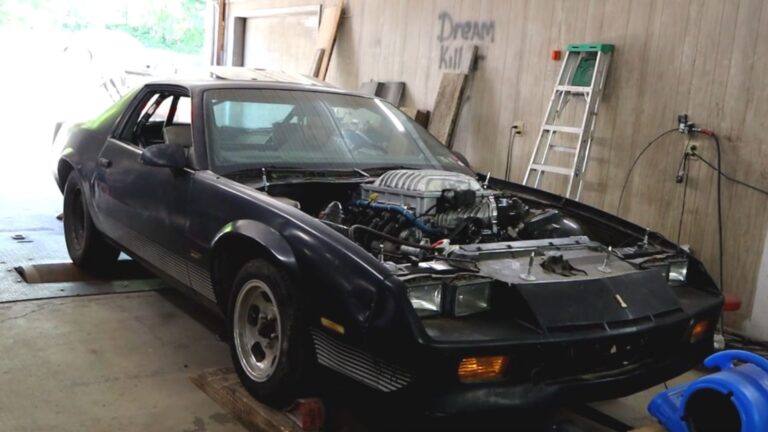

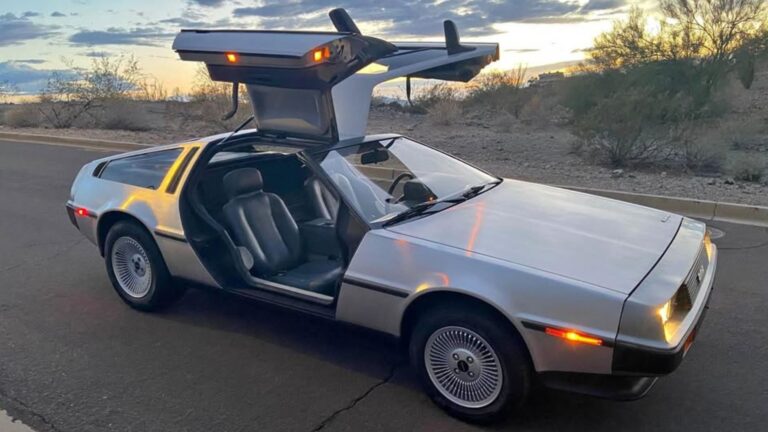



4 thoughts on “The Nine Lives Of The Bradley Fighting Vehicle”